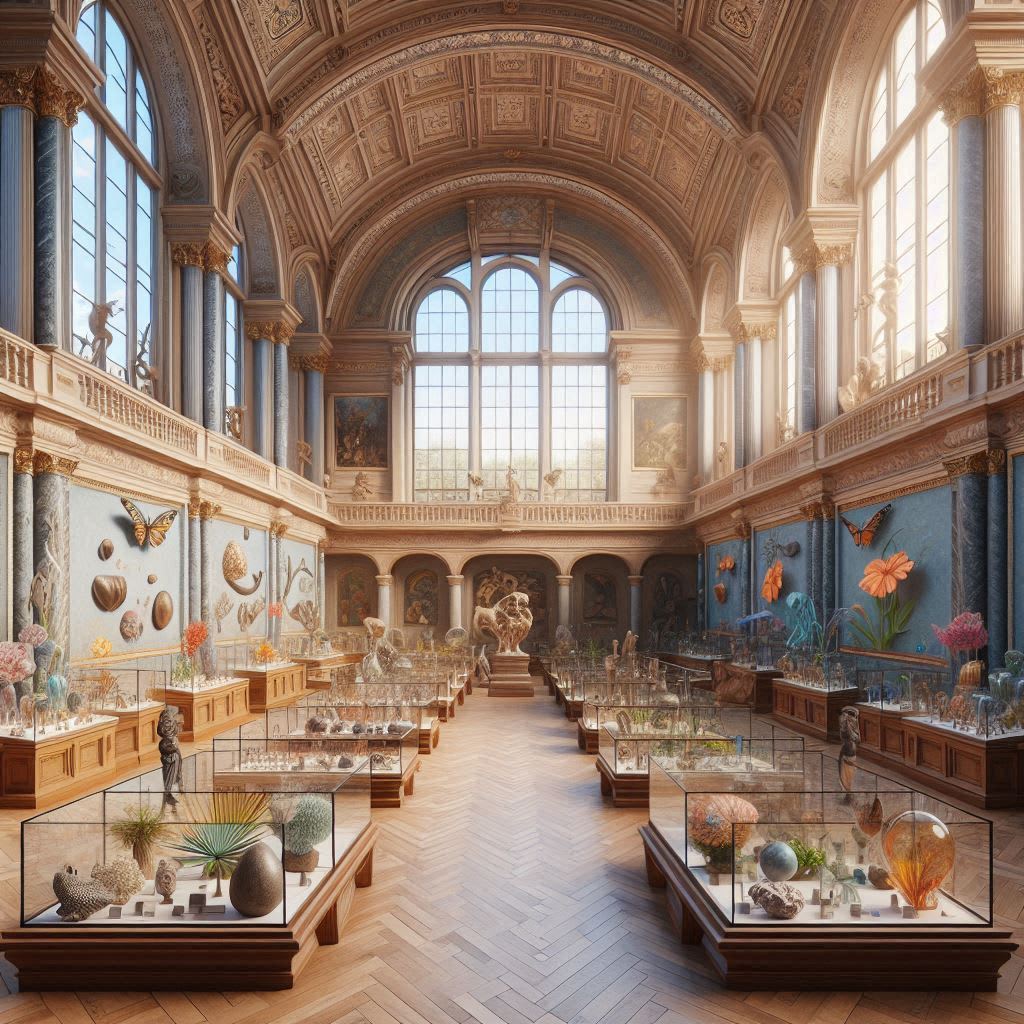Unearthing Treasures: The Renaissance of Scientific Collections in a Modern Age
Unlocking the Past, Informing the Future

Unearthing Treasures: The Renaissance of Scientific Collections in a Modern Age
Imagine a treasure trove overflowing with the wonders of the natural world – from colossal turtles to nimble gibbons, all meticulously preserved. This wasn't a scene from a fantasy novel, but a very real scientific collection from the 18th and 19th centuries. Sadly, for many such collections, the story takes a dramatic turn. Discarded as outdated relics, these invaluable resources faced neglect, decay, and even destruction.
However, a recent shift is cause for celebration. A renewed appreciation for these historical scientific collections is sweeping across Europe, and with it, a wave of restoration and preservation efforts. This resurgence begs the question: Why are these dusty archives suddenly deemed worthy of our attention?
Why Scientific Collections Matter
Beyond their historical significance, these collections offer a unique window into the scientific minds of the past. They serve as tangible reminders of the tireless efforts and groundbreaking discoveries that have shaped our understanding of the world today. Each specimen, meticulously classified and preserved, represents a scientist's quest to unravel the mysteries of nature.
Practical Applications for the Present
But the value of these collections extends far beyond mere historical curiosity. They hold the potential to unlock groundbreaking discoveries even in the modern era. Here's how:
- Baseline Data for Environmental Change: By comparing historical specimens with their contemporary counterparts, scientists can track changes in biodiversity, species distribution, and the impact of human activity on ecosystems. This data is crucial for developing effective conservation strategies.
- New Insights in Evolutionary Biology: These collections offer a glimpse into past ecosystems and the evolutionary trajectories of various species. This information can help us understand how organisms have adapted and evolved over time, potentially informing future research in genetics and adaptation.
- Unearthing New Species: Historical collections may contain specimens that were not fully documented or classified at the time. Modern scientific techniques like DNA analysis can reveal previously unknown species or shed light on taxonomic uncertainties.
A Race Against Time
Despite this renewed appreciation, the fight to preserve these collections is far from over. Many institutions struggle with limited resources for restoration and proper storage facilities. The Spallanzani collection in Italy, for instance, faces the heartbreaking reality of losing irreplaceable specimens to neglect.
A Call to Action
The rediscovery of these scientific collections is a powerful reminder that the past holds invaluable knowledge for the present and future. By supporting restoration efforts, advocating for proper funding, and encouraging public interest, we can ensure these treasures are not lost to time.
Looking Ahead: A Future for Scientific Relics
The future of scientific collections is intertwined with the future of scientific discovery itself. By embracing these historical resources, we not only honor the legacy of pioneering scientists but also equip ourselves with the tools to address critical environmental challenges and unlock new scientific breakthroughs.
Who's Involved?
- Universities: As custodians of many historical collections, universities play a critical role in spearheading restoration efforts and promoting research opportunities utilizing these resources.
- Government Agencies: Policymakers and funding bodies can play a crucial role in allocating resources for restoration and creating legal frameworks that protect scientific heritage.
- Researchers: Scientists across disciplines can leverage these collections to address contemporary research questions in ecology, evolution, and genetics.
- The Public: Public awareness and advocacy can generate support for funding and inspire citizen science initiatives to document and preserve collections.
Conclusion
The resurgence of scientific collections is a testament to the enduring power of scientific inquiry and the enduring value of the past. By bridging the gap between history and the present, these collections offer a potent reminder that scientific progress is an ongoing journey, built upon the shoulders of giants who came before us. Through collaborative efforts, we can ensure these treasures continue to inspire and inform future generations of scientists and science enthusiasts alike.
About the Creator
suren arju
Hi there! I'm Suren, your startup guide. Entrepreneur, writer, dreamer - I share insights, tips & stories to fuel your startup journey. Ready to explore, learn & win together? Join me & let's redefine how we launch, learn & leap!
Enjoyed the story? Support the Creator.
Subscribe for free to receive all their stories in your feed. You could also pledge your support or give them a one-off tip, letting them know you appreciate their work.





Comments
There are no comments for this story
Be the first to respond and start the conversation.